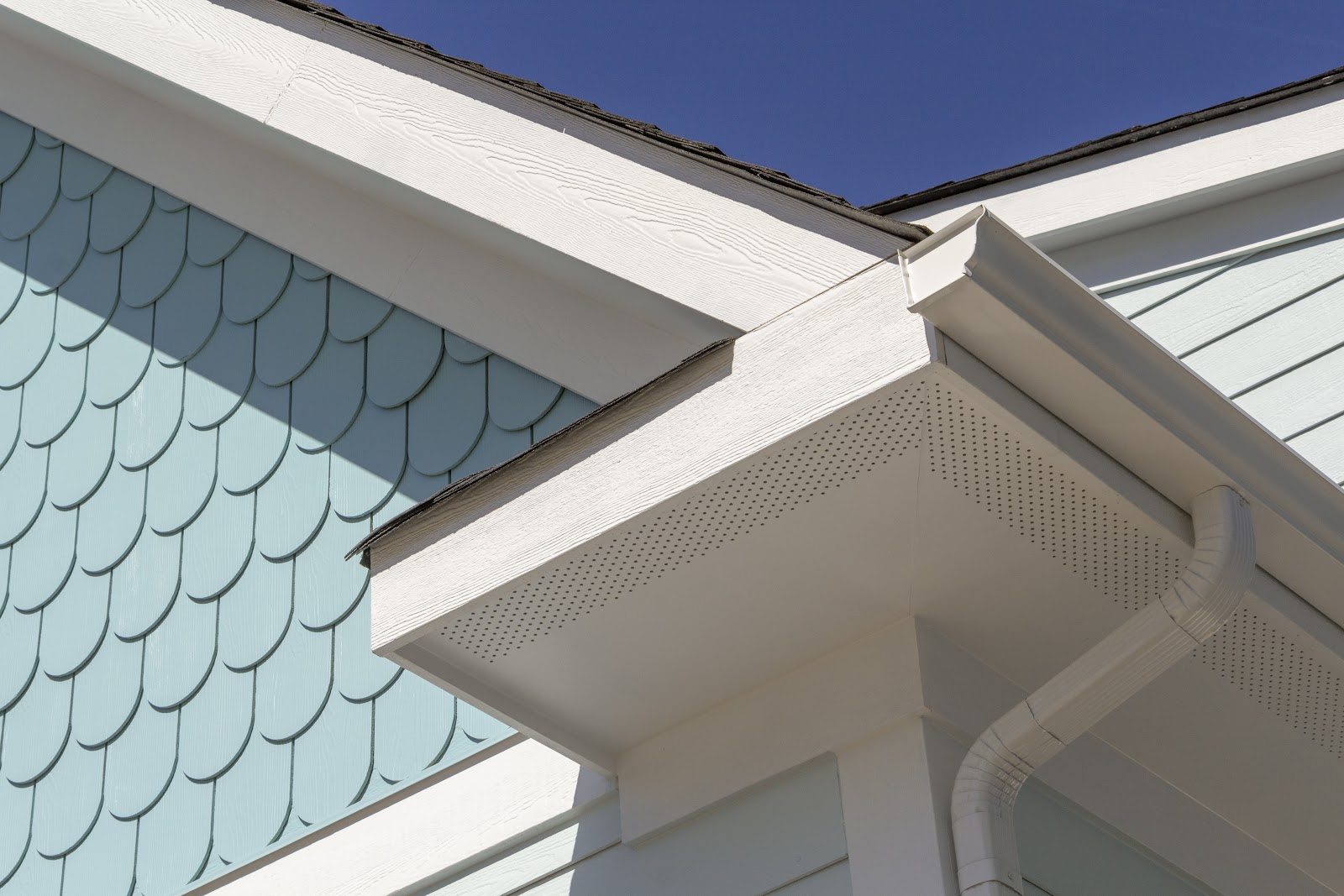

Articles
What Is A Roof Soffit
Modified: August 30, 2024
Learn about roof soffits and their importance. Read informative articles on roof soffits to enhance your understanding and make informed decisions.
(Many of the links in this article redirect to a specific reviewed product. Your purchase of these products through affiliate links helps to generate commission for Storables.com, at no extra cost. Learn more)
Introduction
Welcome to the world of roofing, where each component plays a crucial role in keeping your home safe, secure, and protected from the elements. One such essential element is the roof soffit. While it may sound like a fancy term, a roof soffit is actually a vital part of your roof’s structure and functionality.
In this article, we will explore what a roof soffit is, its purpose, components, different types, benefits, common issues, and maintenance tips. So, let’s dive right in!
Key Takeaways:
- Properly installed roof soffits provide ventilation, protect against moisture and pests, enhance energy efficiency, and improve the overall appearance of your home’s exterior.
- Regular maintenance, cleaning, and prompt repairs are essential to ensure the longevity and functionality of roof soffits, preventing common issues and maximizing their benefits.
Definition of a Roof Soffit
A roof soffit refers to the underside of the roof’s overhang, typically located beneath the eaves. It is the horizontal surface that connects the roofline to the side of the building, creating a finished look. The term “soffit” itself comes from the French language, meaning “to fix underneath.”
The main function of a roof soffit is to provide ventilation to the attic space, allowing air to flow and prevent moisture build-up. It acts as a barrier, protecting the rafters and providing an aesthetic finish to the roofline. In addition to its practical purposes, a well-designed soffit can enhance the overall appearance of your home’s exterior.
Roof soffits are generally made from various materials such as wood, aluminum, vinyl, or fiber cement. The choice of material depends on factors such as durability, maintenance requirements, and architectural style. Regardless of the material used, a properly installed and well-maintained soffit contributes to the overall longevity and efficiency of your roof.
Purpose of a Roof Soffit
The primary purpose of a roof soffit is to provide ventilation to the attic space of a building. Adequate ventilation is crucial for maintaining a healthy environment inside the attic, preventing the accumulation of moisture and heat. The soffit allows cool air to enter the attic through vents and displaces warm air, preventing the roof from overheating.
In addition to ventilation, roof soffits also serve other important purposes:
1. Protecting the Roof Structure: The soffit acts as a barrier, protecting the underlying rafters and keeping them safe from the external elements like rain, snow, and pests.
2. Enhancing Curb Appeal: A well-designed soffit adds a finished and polished look to the roofline, enhancing the overall curb appeal of your home.
3. Preventing Damage: Without proper ventilation provided by the soffit, moisture can accumulate in your attic, leading to mold growth, wood rot, and other structural damages. The soffit helps to reduce the risk of such damages by ensuring proper airflow.
4. Pest Prevention: The soffit helps to keep pests like birds, squirrels, and insects from entering and nesting in your attic. By sealing off potential entry points, the soffit acts as a deterrent for unwanted visitors.
5. Energy Efficiency: Properly designed soffits with ventilation systems can improve energy efficiency by reducing heat buildup in the attic. This can help lower cooling costs during hot weather.
Overall, a roof soffit plays a crucial role in maintaining the longevity, integrity, and functionality of your roof. It not only protects the structural components but also contributes to the overall comfort and energy efficiency of your home.
Components of a Roof Soffit
A roof soffit consists of several components that work together to provide ventilation, protection, and aesthetic appeal. Let’s take a closer look at the key components of a roof soffit:
1. Soffit Panels: These are the main visible elements of the soffit, forming the horizontal underside of the roof overhang. Soffit panels can be made of various materials such as wood, vinyl, aluminum, or fiber cement. They come in different sizes and styles to complement the architectural design of the building.
2. Ventilation Vents: Ventilation is a crucial aspect of a roof soffit. Vents are strategically placed within the soffit to allow the flow of fresh air into the attic space. The vents can be in the form of small perforations or specially designed vent strips that allow air to circulate effectively. Proper ventilation helps prevent moisture buildup and improves energy efficiency.
3. Fascia: The fascia is the vertical board that runs along the lower edge of the roofline, supporting the bottom row of soffit panels. It provides a seamless transition between the roof surface and the soffit.
4. Soffit Trim: Soffit trim is used to finish the edges of the soffit panels and create a neat and polished appearance. It is typically made of aluminum or other weather-resistant materials and comes in various styles, such as L-shaped, J-shaped, or F-shaped trims.
5. Accessories: Depending on the design and functionality requirements, there may be additional accessories used in a roof soffit system. These can include corner pieces, vent covers, insect screens, and decorative elements to enhance the overall aesthetic appeal.
It’s important to note that the specific components of a roof soffit may vary depending on the construction style, materials used, and regional building codes. Consulting with a roofing professional or contractor is recommended to ensure proper installation and selection of components that meet your specific needs.
By understanding the different components of a roof soffit, you can make informed decisions about materials, designs, and maintenance requirements. Whether you are building a new home or renovating an existing one, the right combination of soffit components will contribute to the functionality, durability, and visual appeal of your roof system.
Types of Roof Soffits
Roof soffits come in various types, each offering unique features and benefits. The choice of soffit type depends on factors such as architectural style, climate, budget, and personal preference. Here are some common types of roof soffits:
1. Wood Soffits: Wood soffits provide a classic, timeless look and are popular in traditional architectural styles. They offer natural beauty and can be stained or painted to match the color scheme of the building. However, wood soffits require regular maintenance, such as sealing and repainting, to protect them from moisture and insect damage.
2. Vinyl Soffits: Vinyl soffits are a popular choice due to their durability, low maintenance requirements, and affordability. They are available in a wide range of colors and styles, allowing homeowners to achieve a customized look. Vinyl soffits are resistant to moisture, pests, and rot, making them ideal for humid climates.
3. Aluminum Soffits: Aluminum soffits are lightweight, corrosion-resistant, and long-lasting. They offer excellent protection against moisture and pests and require minimal maintenance. Aluminum soffits are available in various finishes, including baked-on enamel, which provides durability and a clean appearance.
4. Fiber Cement Soffits: Fiber cement soffits are a popular choice for their durability, resistance to moisture, and fire-retardant properties. They can mimic the look of wood grain or be painted in various colors. Fiber cement soffits are low maintenance but may be more expensive compared to other options.
5. PVC Soffits: PVC soffits are highly durable, resistant to moisture, and require minimal maintenance. They are lightweight, easy to install, and available in various styles and colors. PVC soffits offer great versatility and are suitable for different architectural designs.
6. Composite Soffits: Composite soffits are engineered to combine the best qualities of different materials, such as wood fibers and recycled plastics. They offer the look of natural wood with enhanced durability, resistance to moisture, and low maintenance requirements.
It’s important to consider factors such as climate, budget, maintenance requirements, and desired aesthetics when choosing a type of roof soffit. Consulting with a roofing professional can help you understand the pros and cons of each type and determine the most suitable option for your specific needs.
Remember, regardless of the type chosen, proper installation and regular maintenance are essential to ensure the longevity and functionality of your roof soffit system.
A roof soffit is the underside of the eaves, providing ventilation and covering the rafters. It’s important to keep soffits well-maintained to prevent moisture damage and ensure proper airflow in the attic. Regularly inspect and clean soffits to prevent issues.
Read more: What To Use To Clean Gutters And Soffits
Benefits of Having a Roof Soffit
A well-designed and properly installed roof soffit offers several benefits to homeowners. Let’s explore the advantages of having a roof soffit:
1. Enhanced Ventilation: One of the primary benefits of a roof soffit is improved ventilation for the attic space. Soffit vents allow fresh air to enter the attic and push out hot, stagnant air, preventing moisture buildup and reducing the risk of mold and mildew growth. Proper ventilation also helps regulate the temperature in the attic, reducing the strain on cooling and heating systems.
2. Moisture Prevention: By promoting proper airflow, a roof soffit helps prevent moisture accumulation in the attic. Excess moisture can lead to mold, rot, and other structural damage. By keeping the attic well-ventilated and dry, a soffit contributes to a healthier living environment and helps protect your home’s structural integrity.
3. Pest Deterrence: Soffits with properly installed vents help keep unwanted pests, such as birds, squirrels, and insects, from entering the attic. The screens or grilles in the vents act as barriers, preventing critters from building nests or causing damage to insulation, wiring, and other structural components.
4. Improved Energy Efficiency: Proper ventilation provided by a roof soffit can improve the overall energy efficiency of your home. By allowing hot air to escape from the attic during hot weather and preventing heat loss during cooler months, a well-ventilated attic can reduce the workload on your cooling and heating systems, potentially leading to lower energy bills.
5. Protection from Weather Elements: The soffit acts as a protective barrier, shielding the underlying rafters from exposure to harsh weather conditions, such as heavy rain, snow, and UV rays. This helps prolong the lifespan of the roof and prevents moisture-related damage.
6. Enhanced Curb Appeal: Aesthetically, a well-designed soffit adds a finished look to the roofline, enhancing the overall curb appeal of your home. There are various styles and materials available, allowing you to choose a soffit that complements the architectural design and exterior color scheme of your house.
7. Easier Maintenance: Different types of soffit materials have varying maintenance requirements. However, most modern soffits are designed to be low maintenance, reducing the need for frequent repairs or upkeep. This saves you time, effort, and money in the long run.
Having a roof soffit is not only beneficial for the functionality and longevity of your roof but also contributes to a comfortable, energy-efficient, and visually appealing home. It’s important to choose the right soffit type, ensure proper installation, and perform regular inspections and maintenance to maximize these benefits.
Common Issues with Roof Soffits
While roof soffits offer numerous benefits, they can face certain issues over time. Being aware of these common issues can help homeowners identify and address problems promptly. Here are some of the common issues that can arise with roof soffits:
1. Moisture Damage: Improper installation or inadequate ventilation can lead to moisture buildup in the soffit. This can cause the soffit panels to rot, warp, or develop mold and mildew. Regular inspection and maintenance, as well as proper ventilation, can help prevent moisture-related damage.
2. Pest Infestation: Soffits with damaged or poorly sealed vents can allow pests like birds, rodents, and insects to enter the attic. They can damage the insulation, wiring, and other components. Regularly inspecting and repairing any damaged or compromised areas can help prevent pest infestation.
3. Cracks or Holes: Soffit panels can develop cracks or holes due to age, weathering, or impact. These openings can allow pests, moisture, or debris to enter, causing further damage. Promptly repairing or replacing damaged panels will maintain the integrity of the soffit system.
4. Improper Ventilation: Inadequate ventilation can lead to poor airflow in the attic, resulting in the accumulation of heat and moisture. This can cause problems like mold growth, increased energy costs, and diminished lifespan of the roof. Ensuring proper ventilation and sufficient airflow is key to avoiding such issues.
5. Insufficient Insulation: Insufficient insulation in the attic can cause condensation on the soffit panels, leading to moisture-related issues. Installing proper insulation and ensuring it is evenly distributed can help prevent this problem.
6. Deterioration of Materials: Over time, soffit materials may deteriorate due to exposure to outdoor elements like sunlight, rain, and temperature fluctuations. This can lead to discoloration, warping, or cracking. Regular inspections and proper maintenance can help identify signs of material deterioration and address them promptly.
7. Poor Installation: Improper installation of soffit panels or vents can lead to structural issues, such as sagging or loosening of the panels. It is important to hire a professional roofing contractor to ensure proper installation and prevent potential problems down the line.
Regular inspections and maintenance, including checking for damaged panels, sealing any openings, cleaning vents, and ensuring proper ventilation, can help prevent or address these common issues with roof soffits. By taking proactive measures, homeowners can maintain the functionality and longevity of their soffit systems and avoid more costly repairs in the future.
Maintenance and Cleaning of Roof Soffits
To ensure the longevity and proper functionality of your roof soffits, regular maintenance and cleaning are essential. Here are some tips to help you maintain and clean your roof soffits effectively:
1. Inspect Regularly: Schedule regular inspections of your roof soffits to check for any signs of damage, such as cracks, holes, or deterioration. Look for areas that may require repairs, including loose panels or vents. Early detection and prompt repairs can prevent further damage.
2. Clean Debris: Remove any debris, leaves, or twigs that may accumulate in the soffit area. Debris can block the ventilation, leading to moisture buildup and potential pest infestation. Use a broom or a soft brush to gently remove the debris, taking care not to damage the soffit panels.
3. Wash the Soffit: Regularly washing the soffit can help maintain its appearance and remove dirt and stains. Use a mild detergent mixed with water and a soft cloth or sponge to gently scrub the soffit panels. Avoid using harsh chemicals or abrasive materials that can damage the soffit surface.
4. Clean the Vents: The vents in the soffit play a crucial role in ventilation. Check the vents for any blockages caused by dirt, dust, or debris. Use a vacuum, soft brush, or compressed air to clear any obstructions and ensure proper airflow.
5. Check for Insect Nests: Inspect the soffit area for any signs of insect or pest nests. Remove any visible nests carefully to prevent further infestation. If you notice a significant pest problem, consider contacting a pest control professional for assistance.
6. Repair Damaged Areas: If you identify any cracks, holes, or loose panels in the soffit, make the necessary repairs promptly. Seal any openings or gaps to prevent moisture infiltration or pest entry. Ensure that the repairs are done using materials compatible with your existing soffit system.
7. Maintain Proper Ventilation: Ensure that the vents in the soffit are free from obstructions to allow proper air circulation. Proper ventilation helps prevent moisture buildup and maintains a healthy environment in the attic.
8. Consider Professional Help: If you are unsure about how to clean or repair your roof soffits, it is recommended to seek professional assistance. A roofing contractor or specialist can provide expert guidance and ensure that the maintenance tasks are carried out safely and effectively.
Remember, safety should always be the top priority when conducting maintenance or cleaning tasks. Use appropriate safety equipment, such as gloves and eye protection, and ensure stable footing when working at heights.
By following these maintenance and cleaning guidelines, you can ensure that your roof soffits remain in optimal condition, promoting ventilation, protecting your home from moisture damage, and maintaining the overall functionality and aesthetic appeal of your roof system.
Conclusion
Roof soffits may seem like a small component of your home’s roofing system, but they play a significant role in ensuring proper ventilation, protecting against moisture damage, and enhancing the overall aesthetics of your property. Understanding the definition, purpose, components, types, benefits, common issues, and maintenance of roof soffits is key to their proper care and longevity.
A roof soffit acts as a protective barrier, connecting the roofline to the side of the building while allowing for ventilation and preventing moisture buildup in the attic. It consists of various components, including soffit panels, ventilation vents, fascia, and soffit trim, all working together to provide a functional and appealing structure.
There are different types of roof soffits available, each with its own advantages and considerations. Whether it’s the timeless appeal of wood, the durability of vinyl, the low maintenance of aluminum, the versatility of PVC, or the strength of fiber cement, choosing the right soffit material is crucial for meeting your specific needs.
Having a roof soffit brings numerous benefits, such as enhanced ventilation, prevention of moisture damage, pest deterrence, improved energy efficiency, protection from weather elements, and improved curb appeal. However, it’s important to understand and address common issues like moisture damage, pest infestation, cracks or holes, improper ventilation, insulation problems, and material deterioration in order to maintain the functionality and integrity of the soffit system.
Maintaining and cleaning your roof soffits regularly is key to ensuring their proper functioning and longevity. Regular inspections, cleaning of debris, washing the soffit panels, clearing the vents, and repairing any damaged areas are essential steps in maintaining the integrity of the soffit system.
Remember, if you are unsure about how to maintain or repair your roof soffits, it’s best to consult with a professional roofing contractor or specialist who can provide expert advice and assistance.
In conclusion, roof soffits are not just an architectural feature but a vital component of a well-designed and functional roofing system. By understanding their importance and taking the necessary steps to maintain and care for them, you can ensure the longevity, efficiency, and aesthetic appeal of your roof soffits for years to come.
Frequently Asked Questions about What Is A Roof Soffit
Was this page helpful?
At Storables.com, we guarantee accurate and reliable information. Our content, validated by Expert Board Contributors, is crafted following stringent Editorial Policies. We're committed to providing you with well-researched, expert-backed insights for all your informational needs.
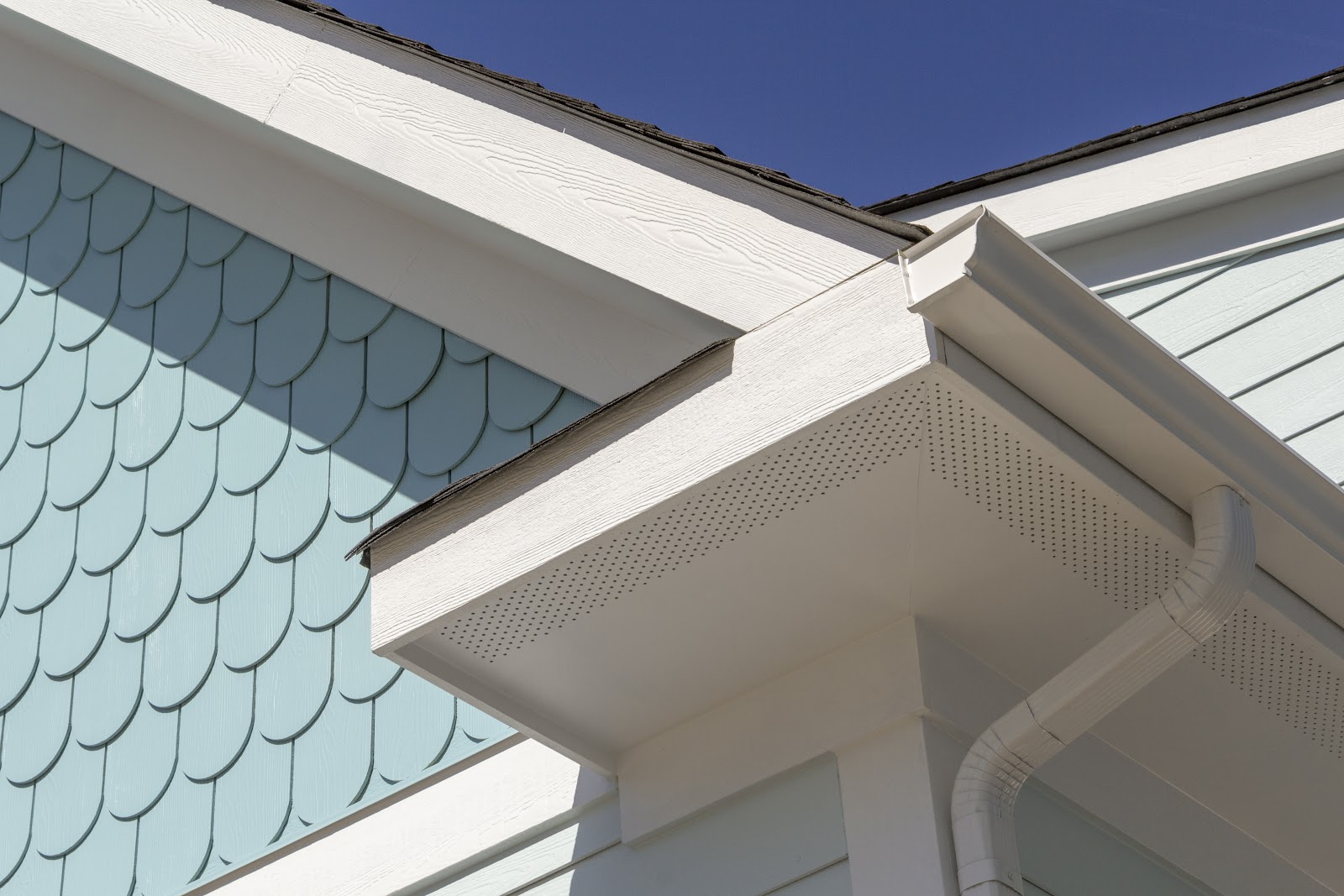
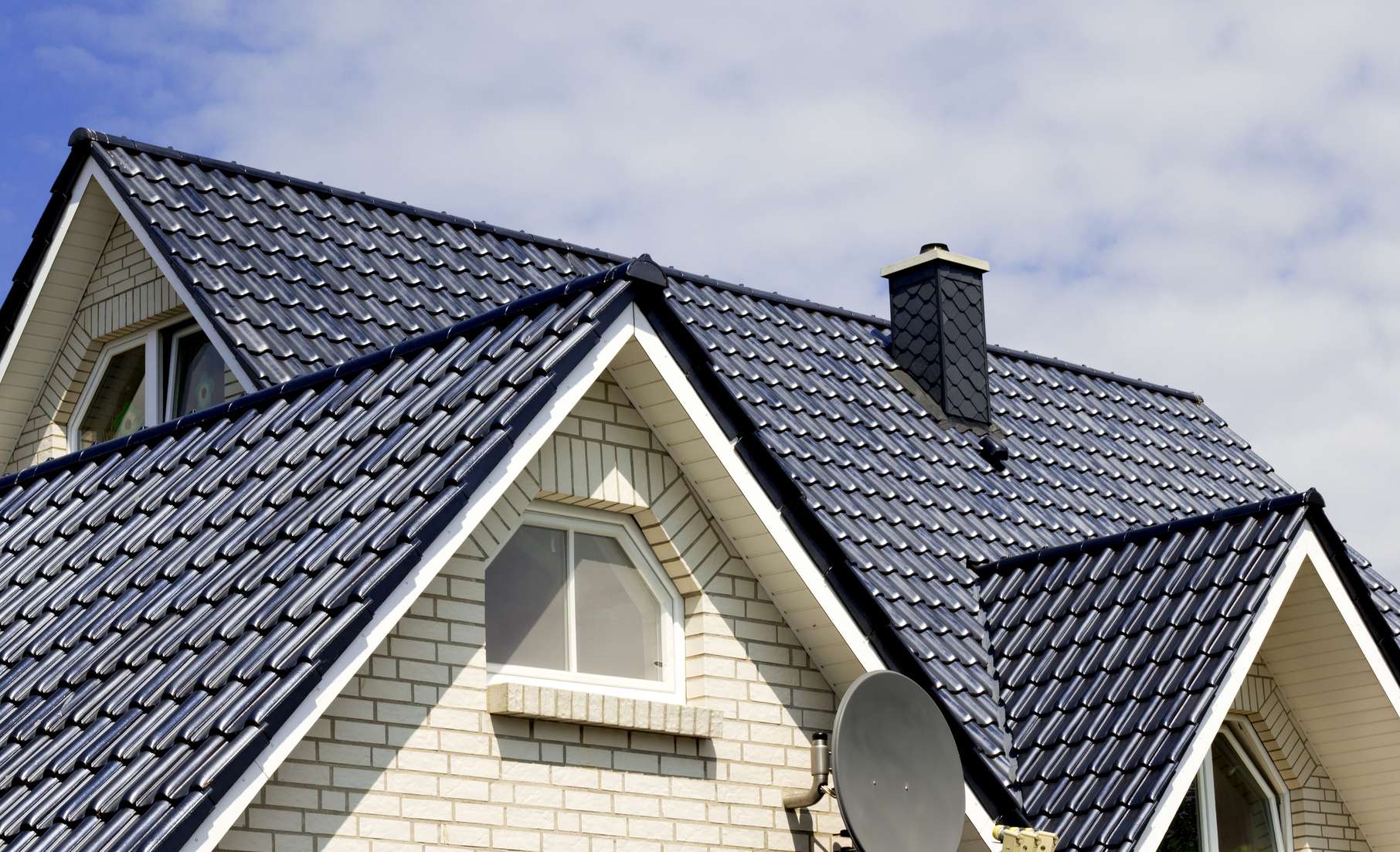
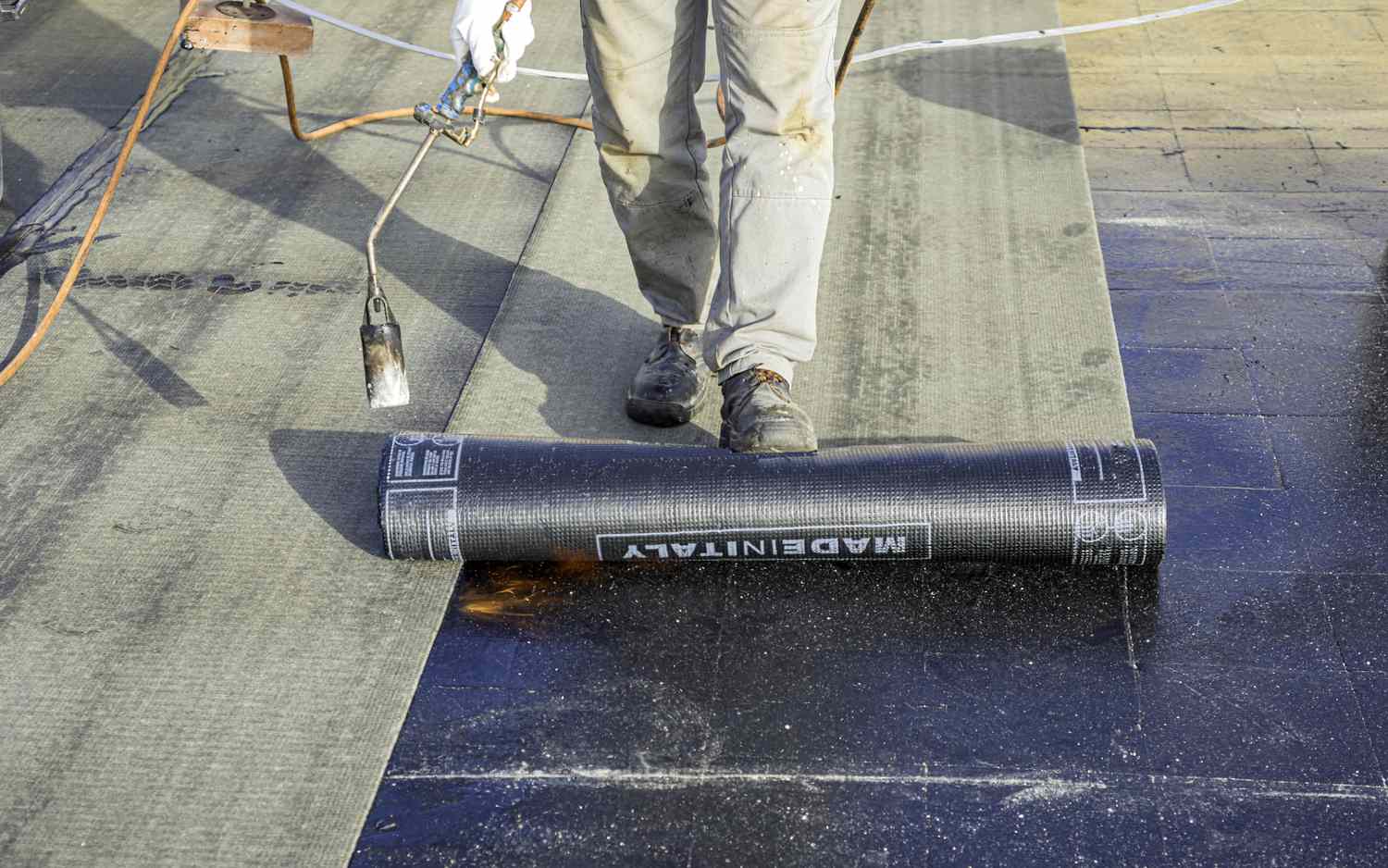

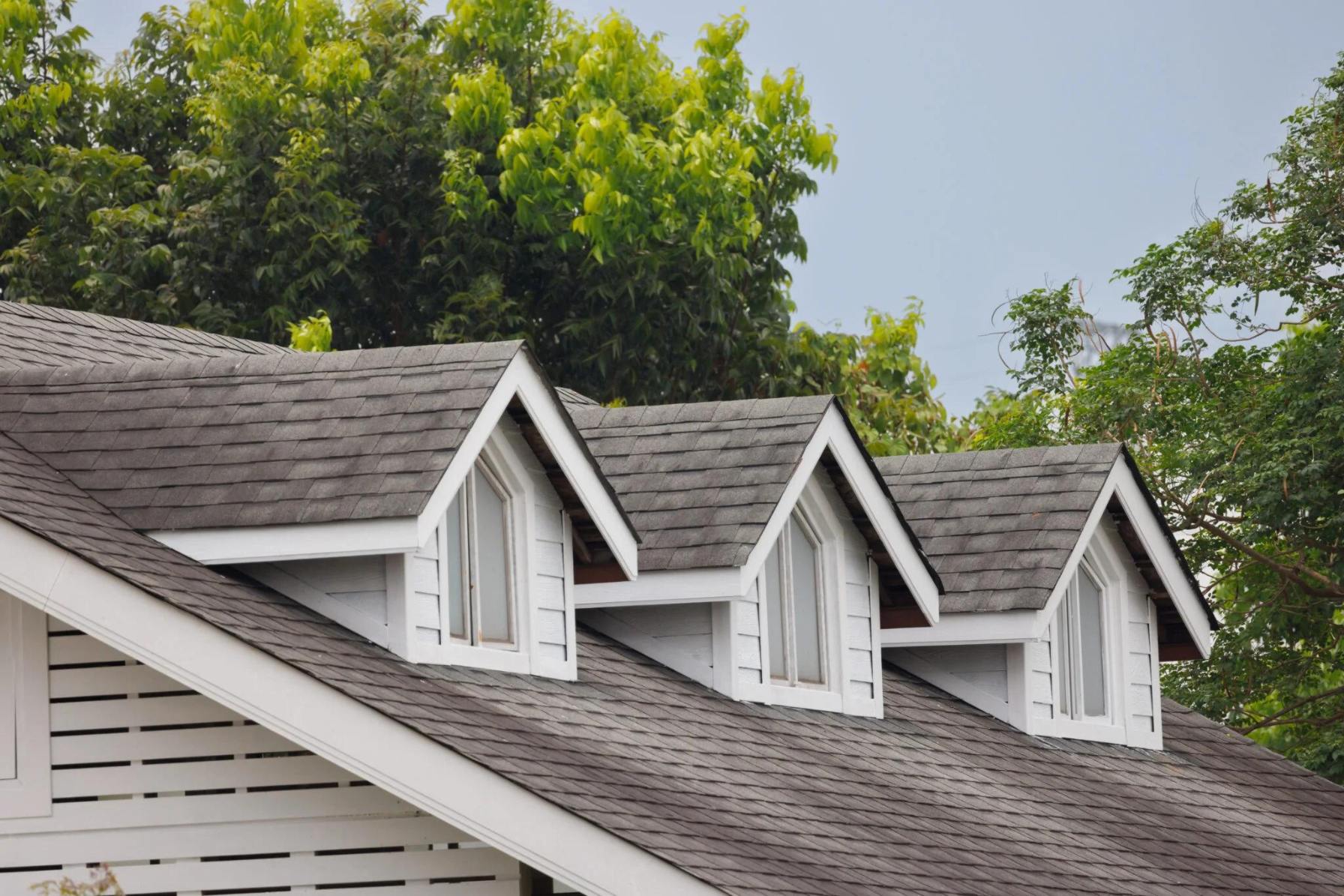
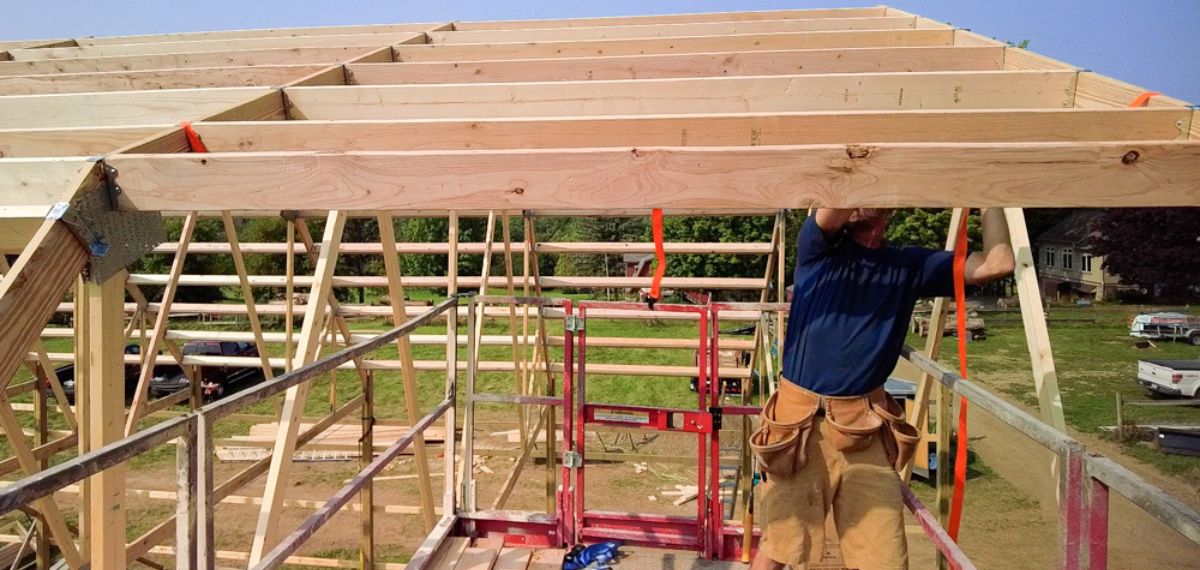
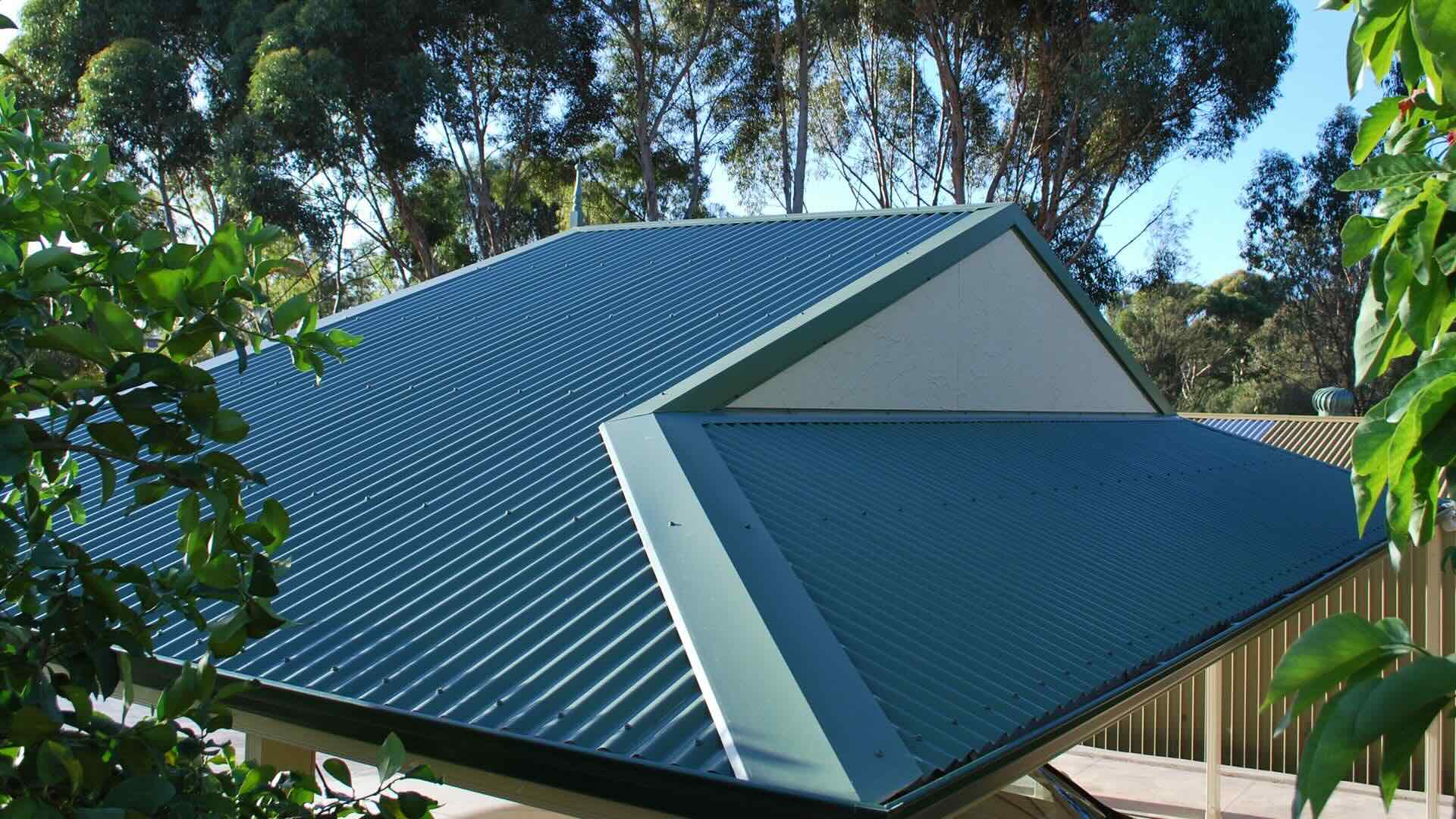
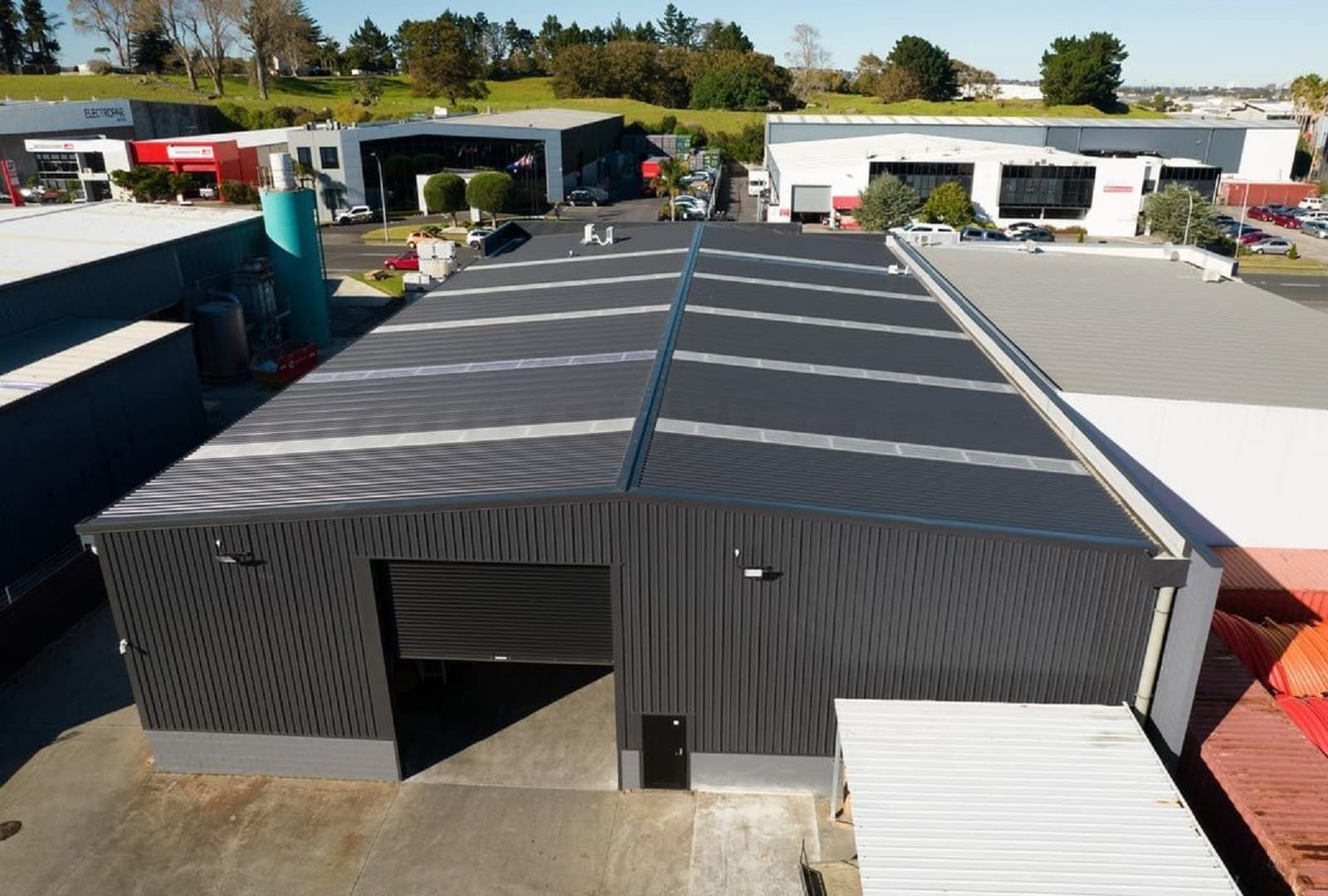
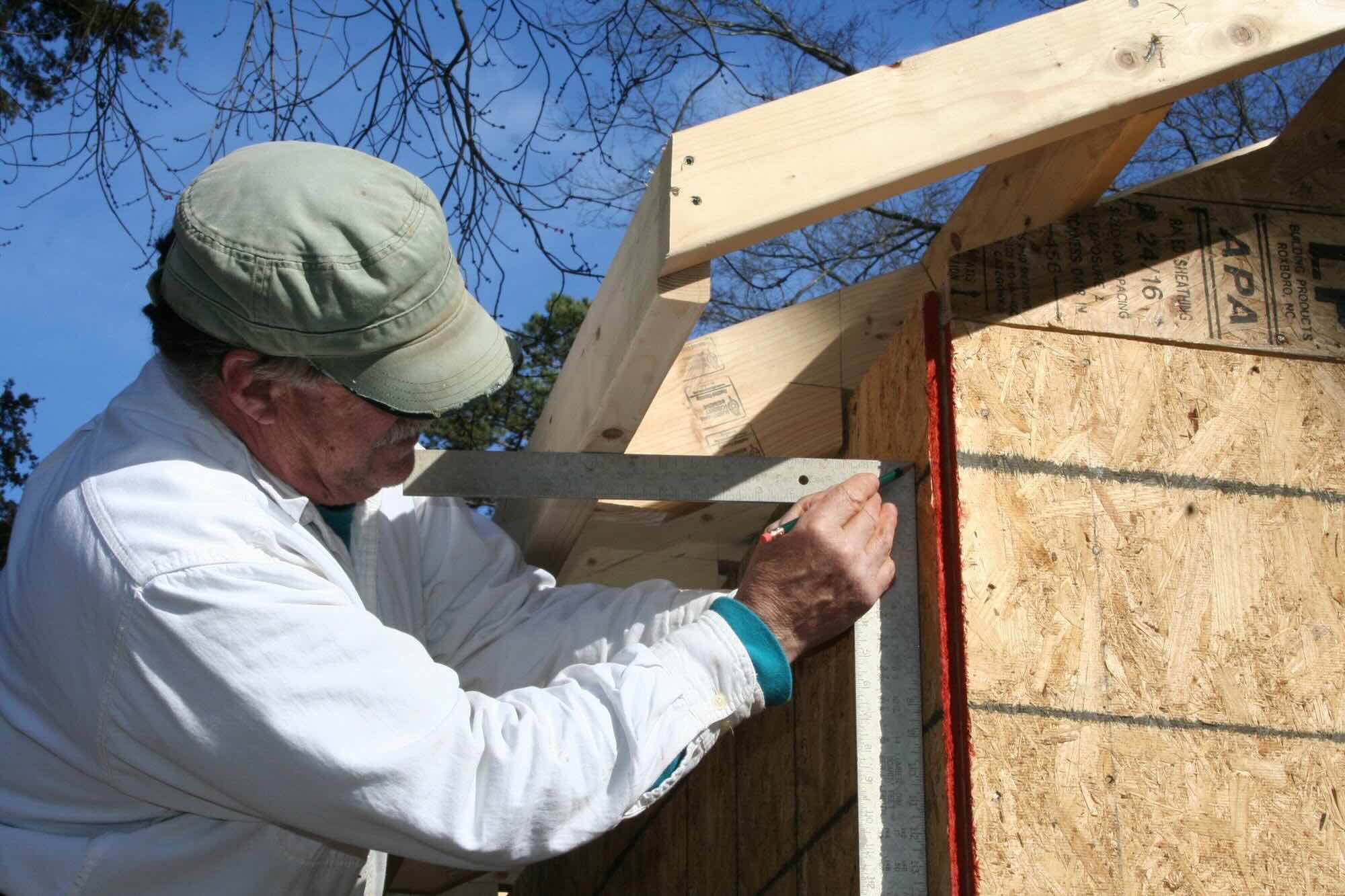
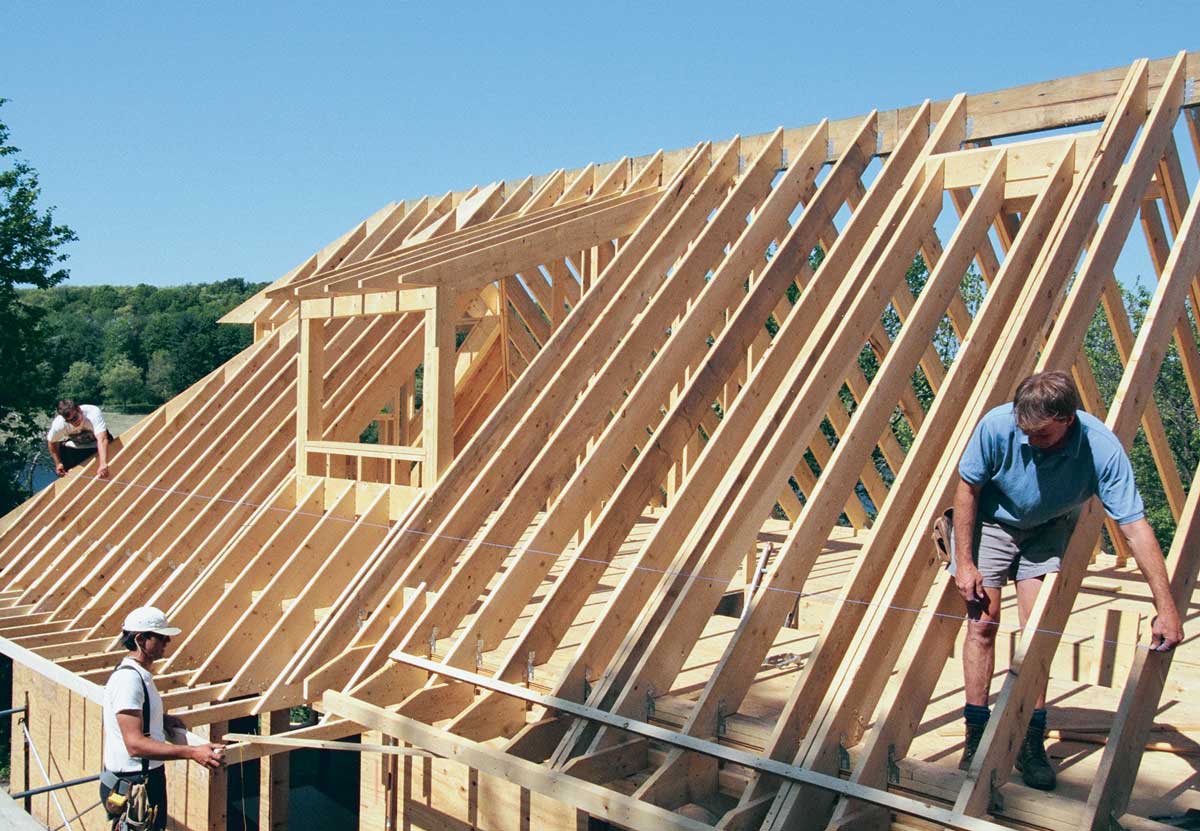
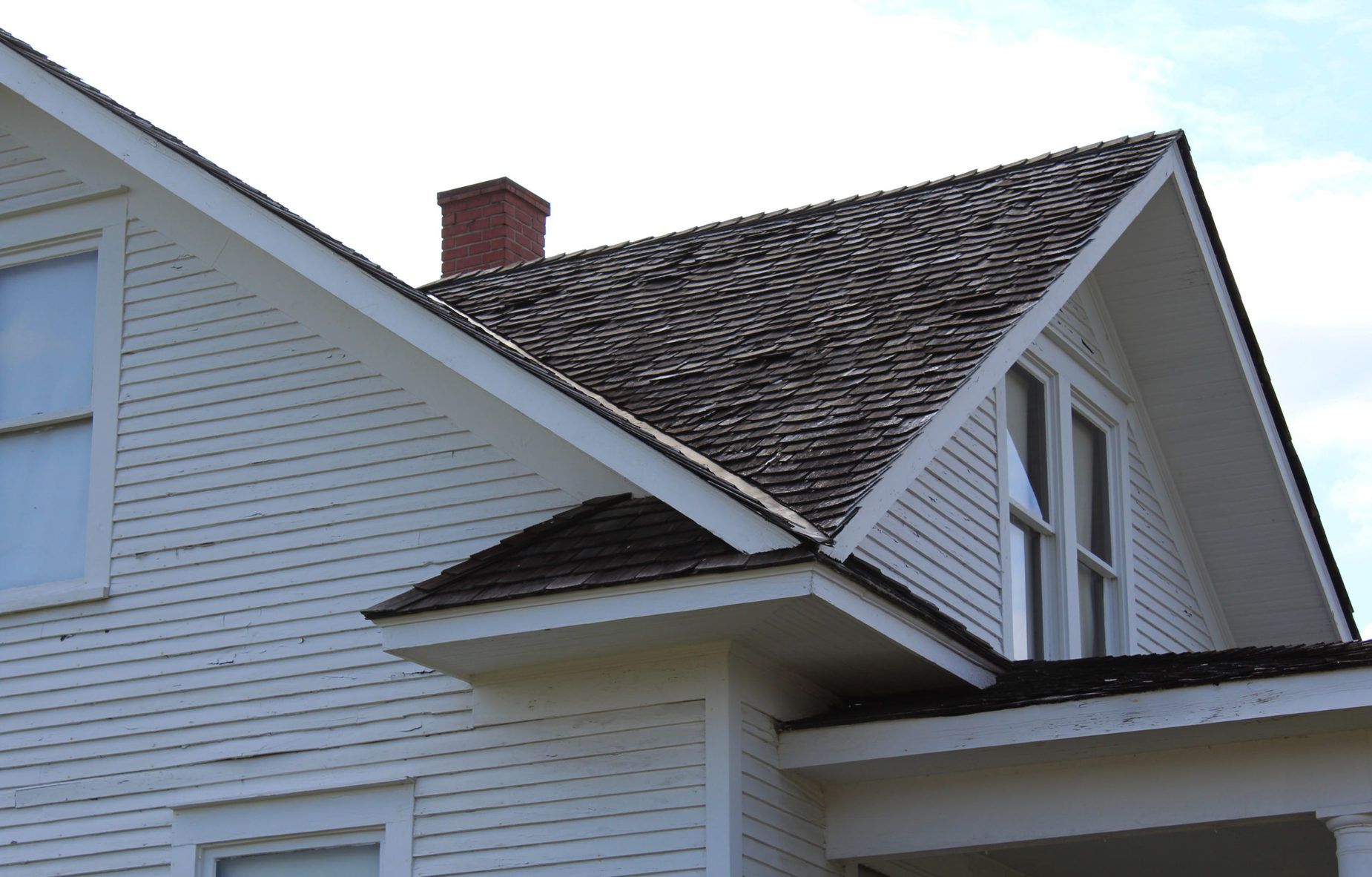
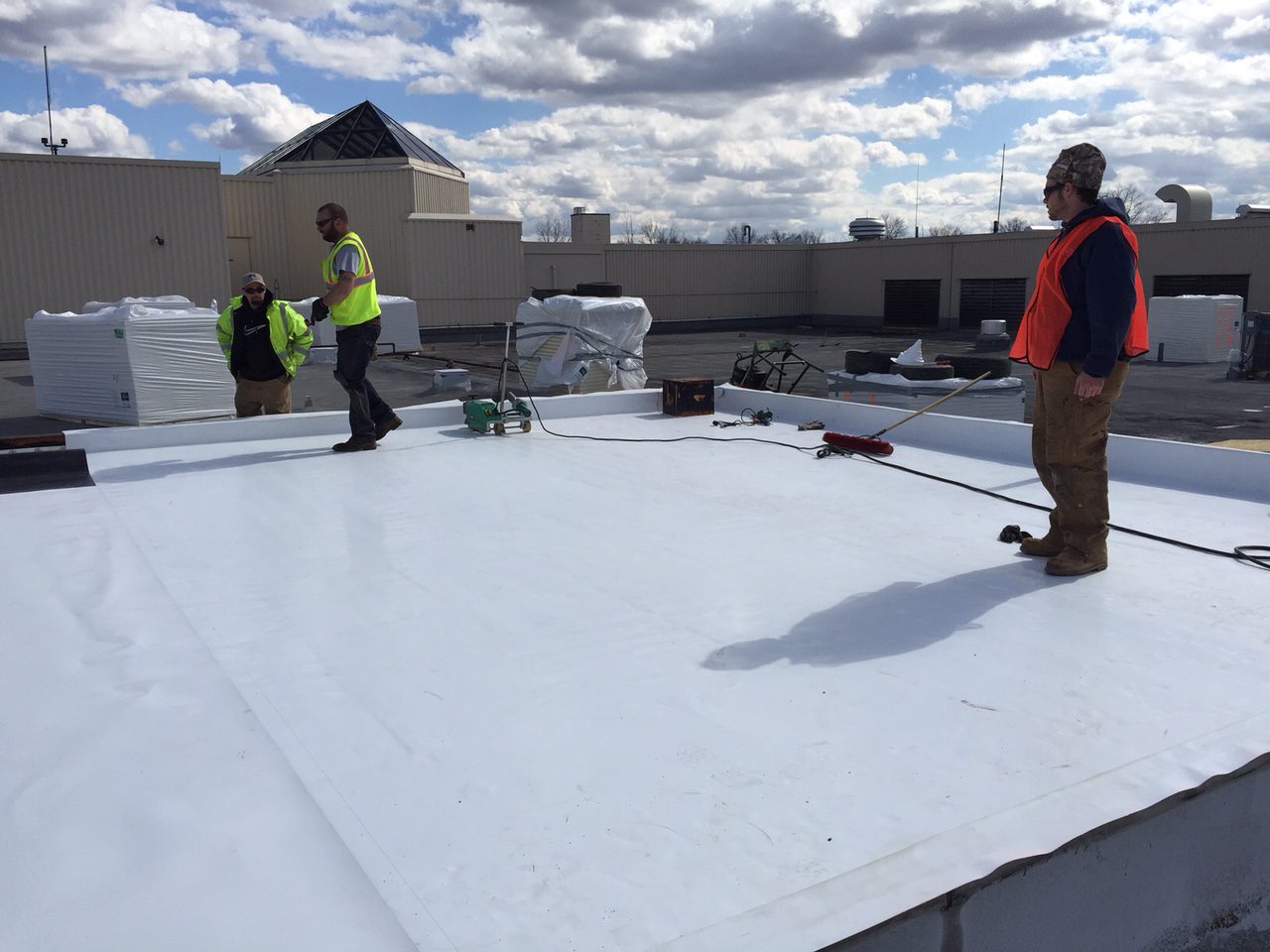
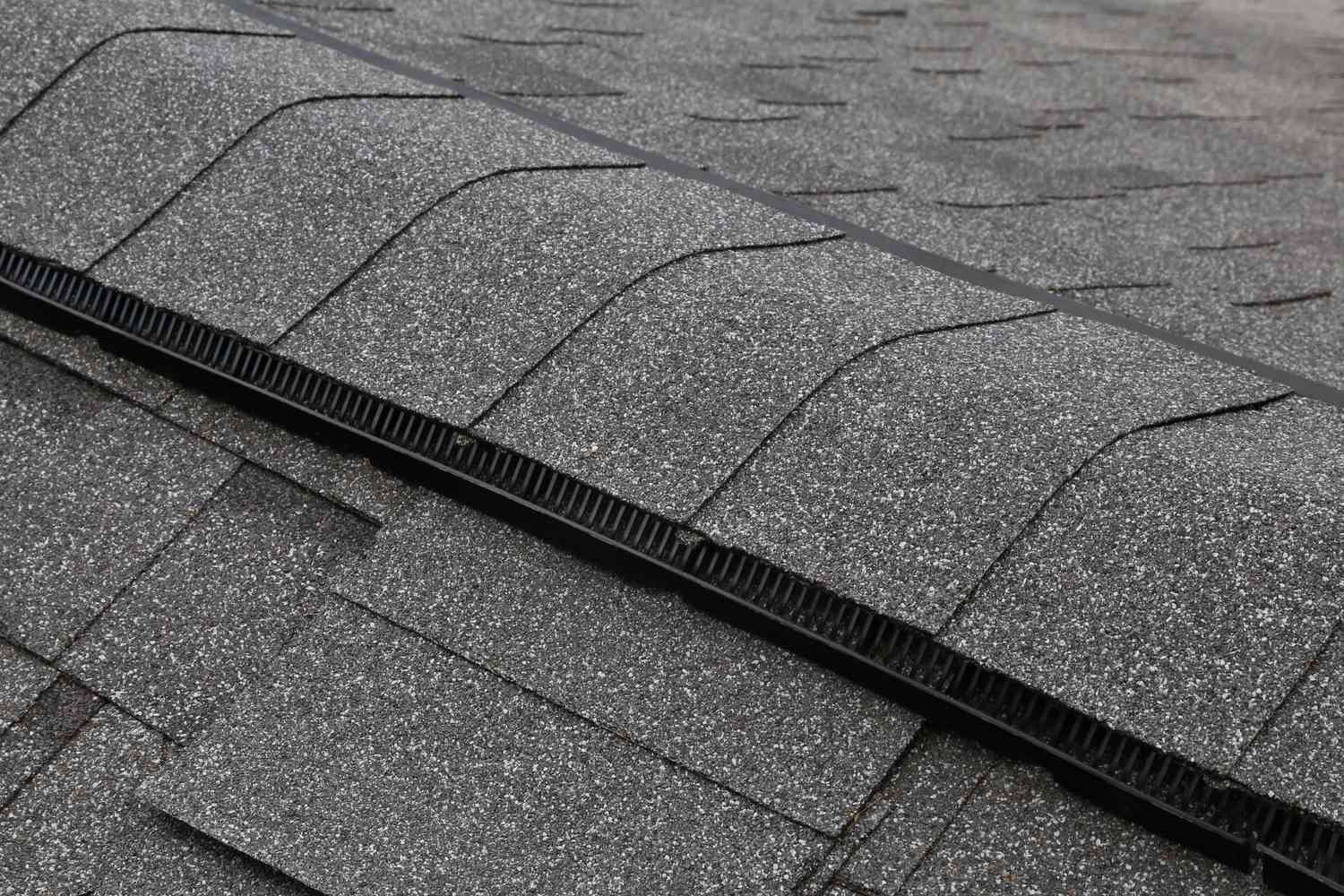


0 thoughts on “What Is A Roof Soffit”